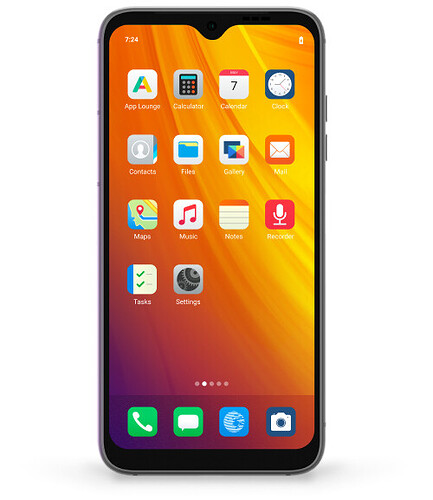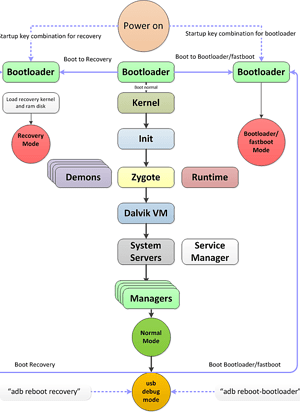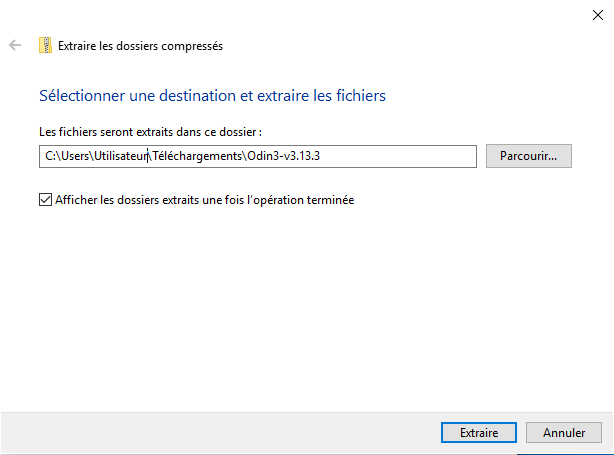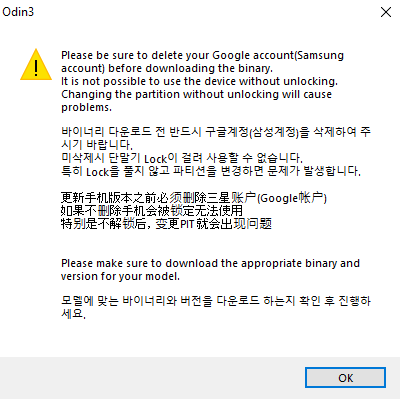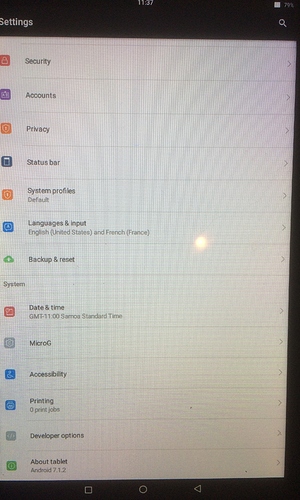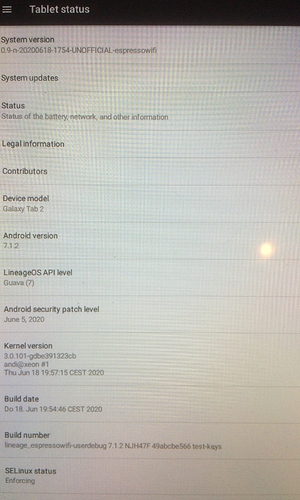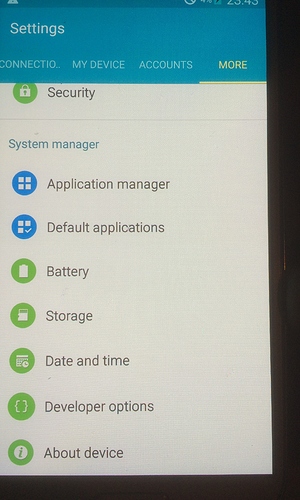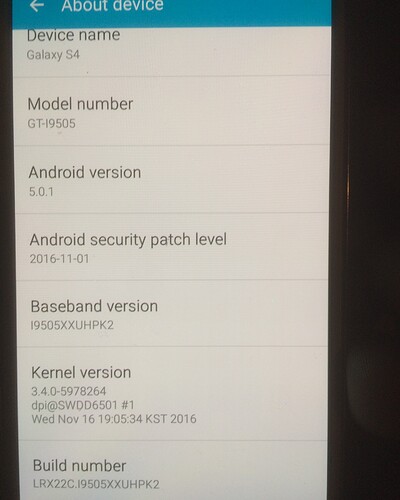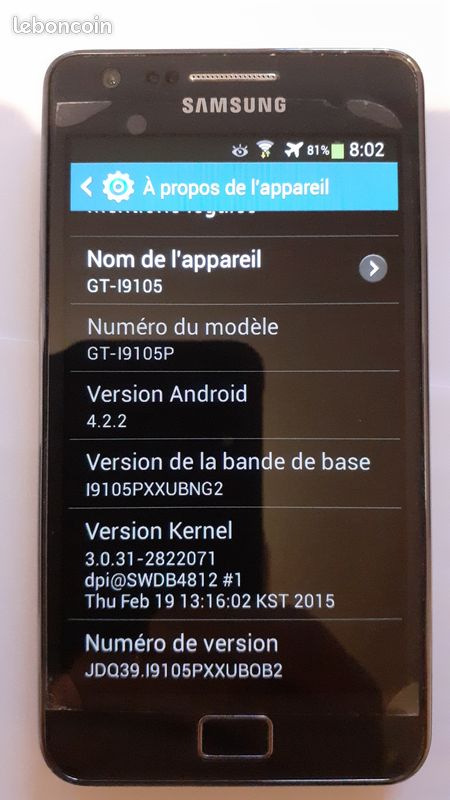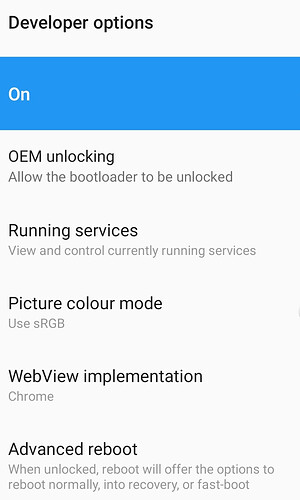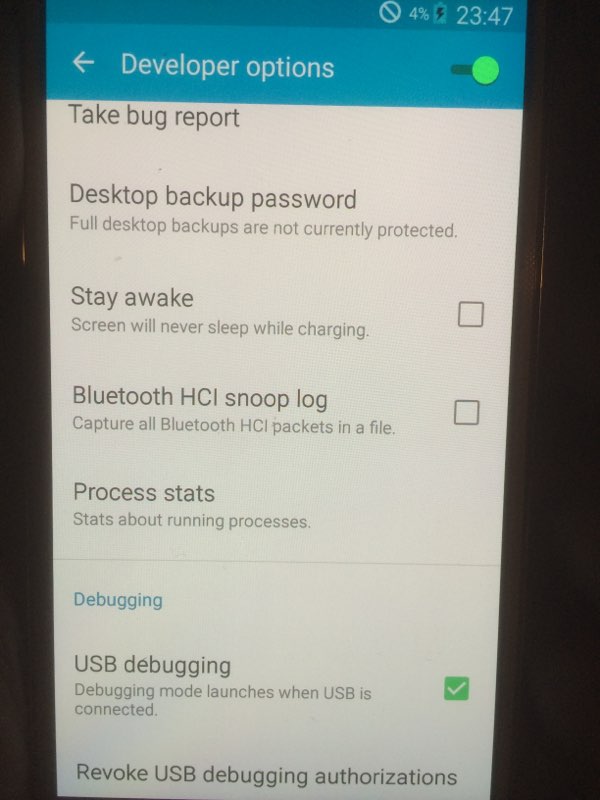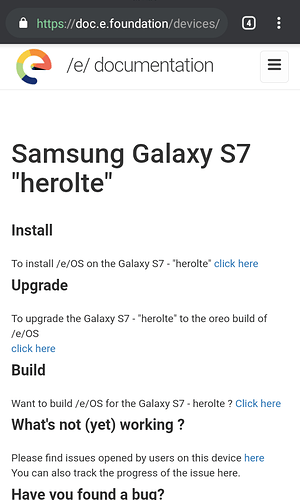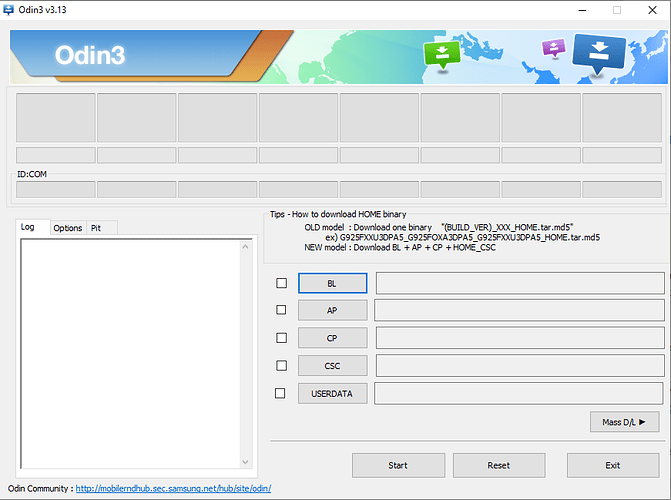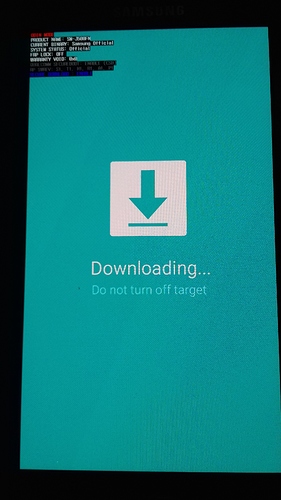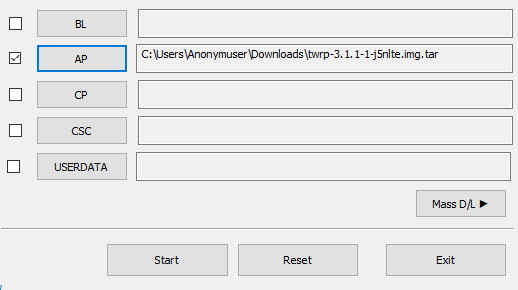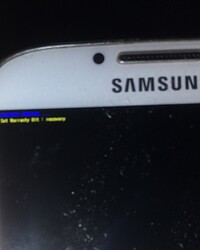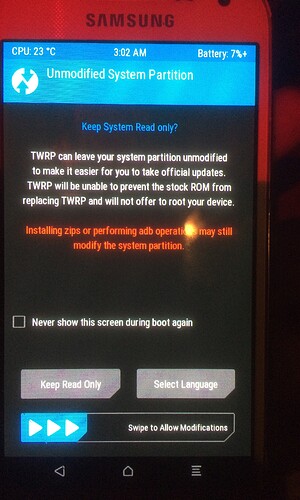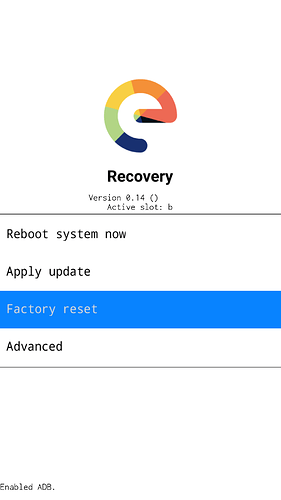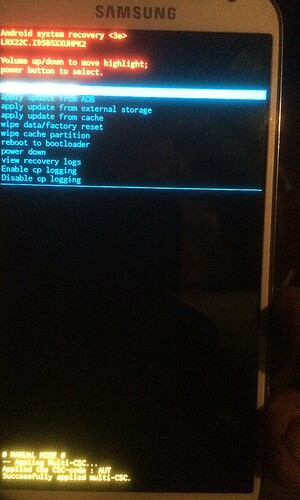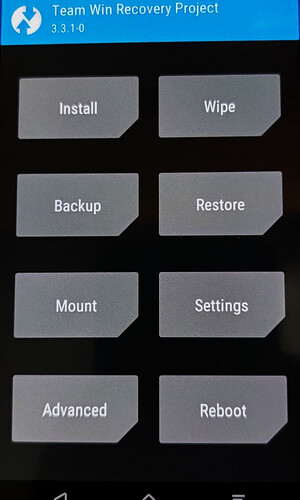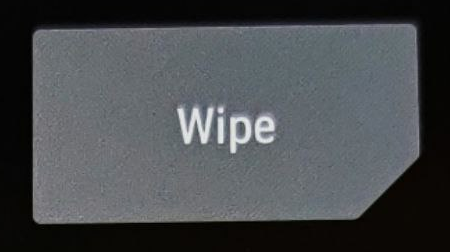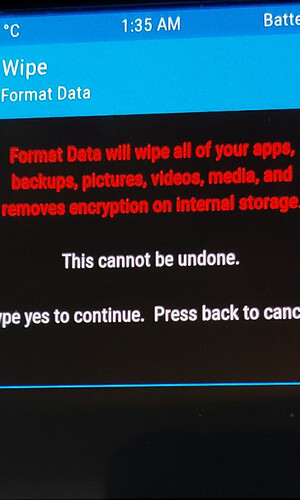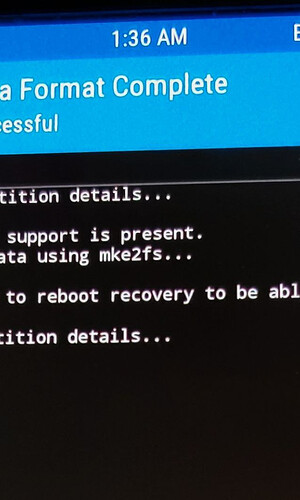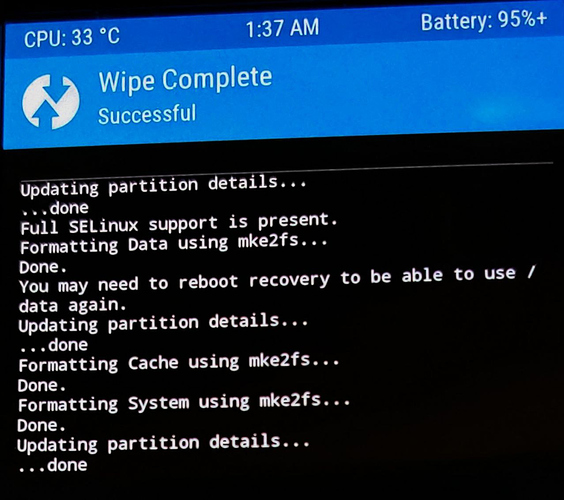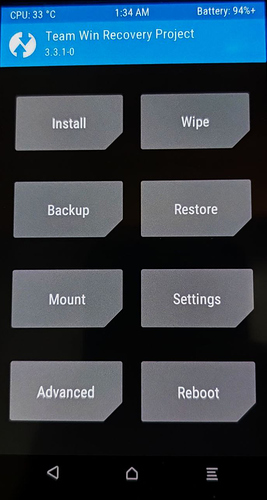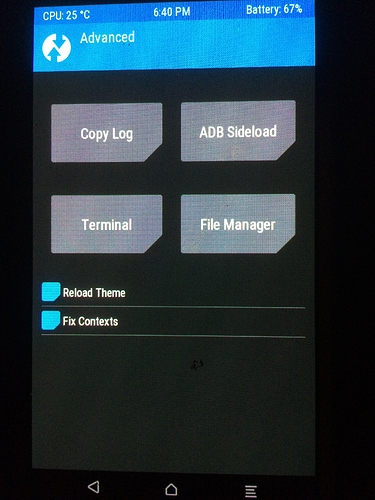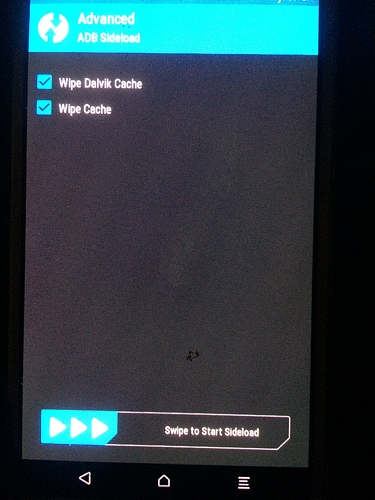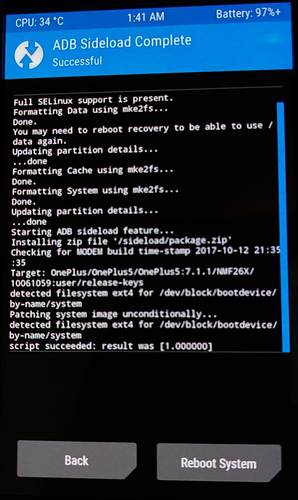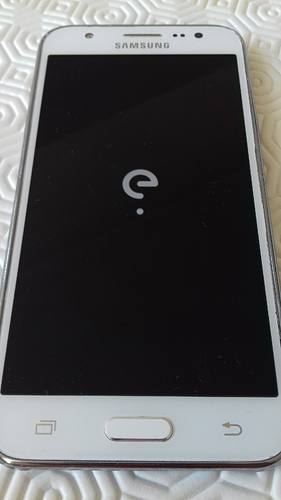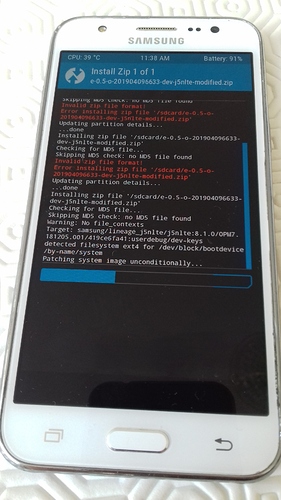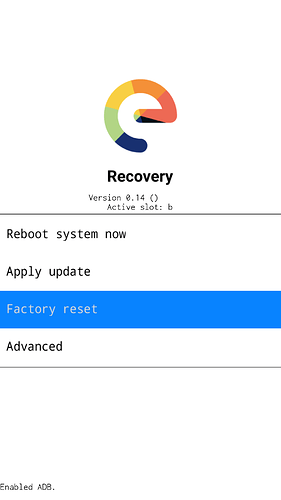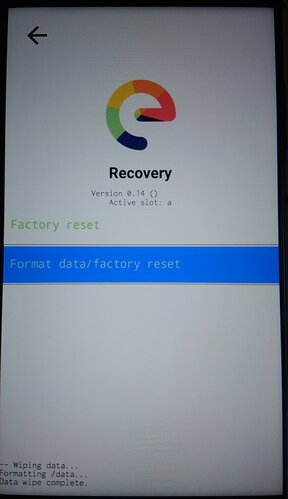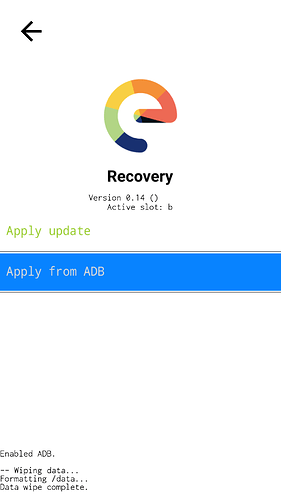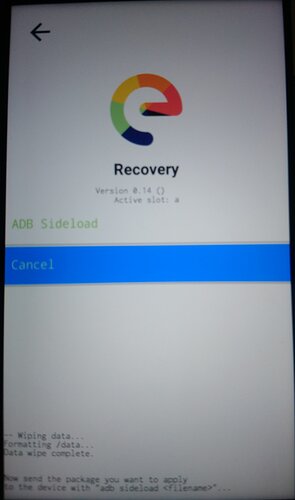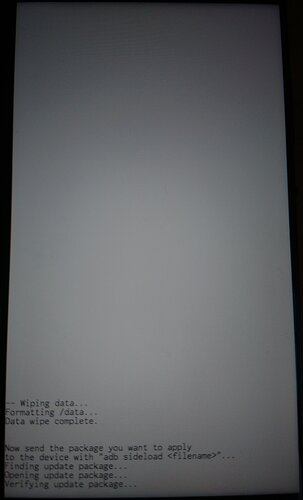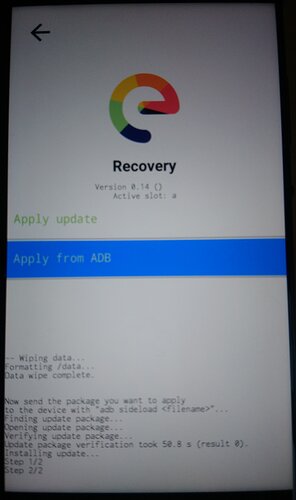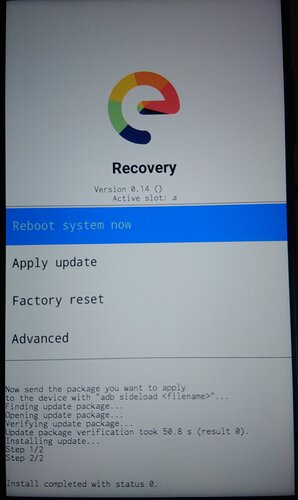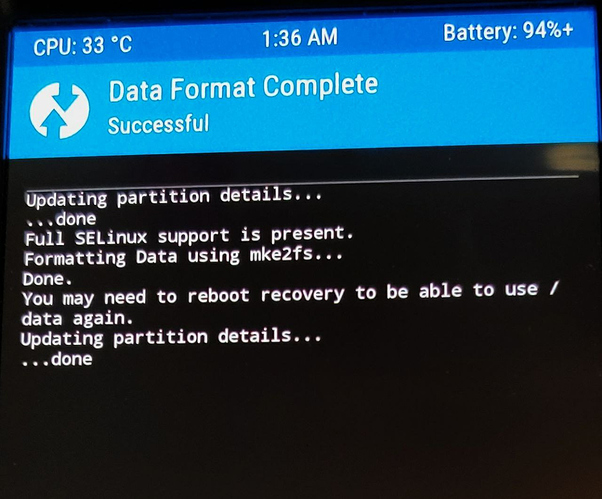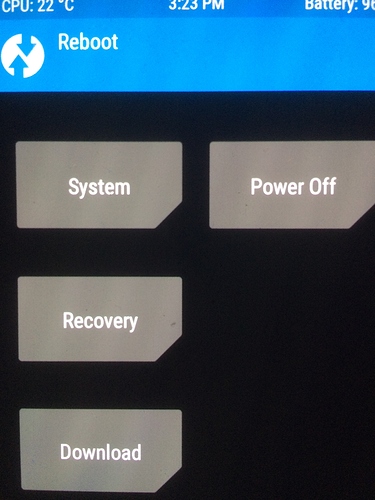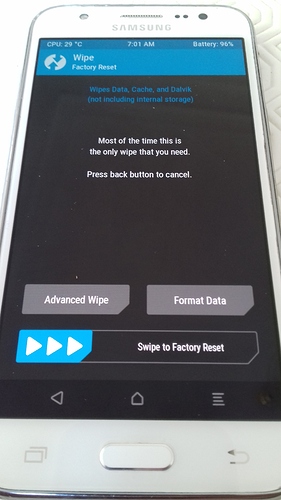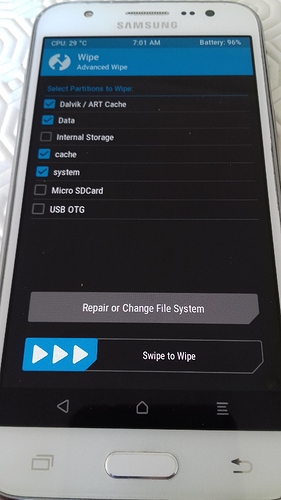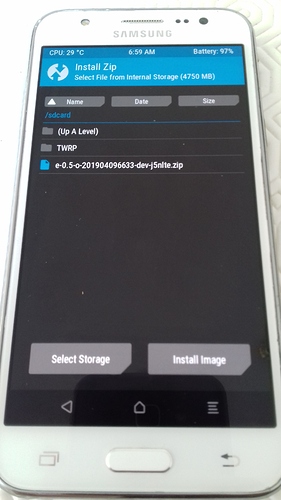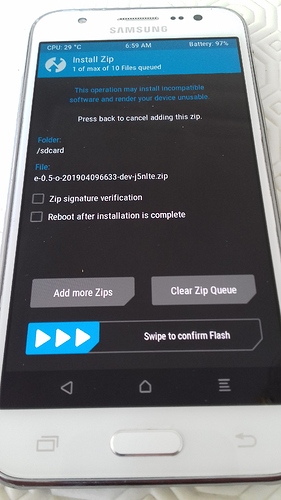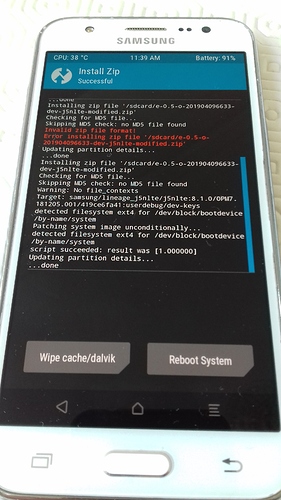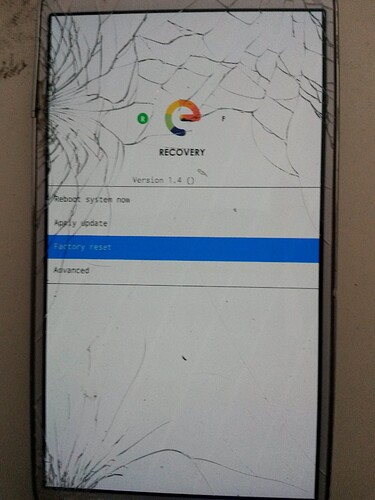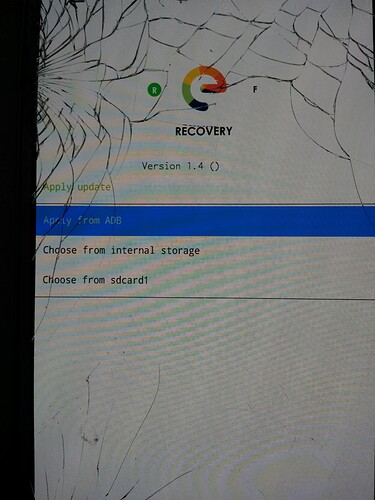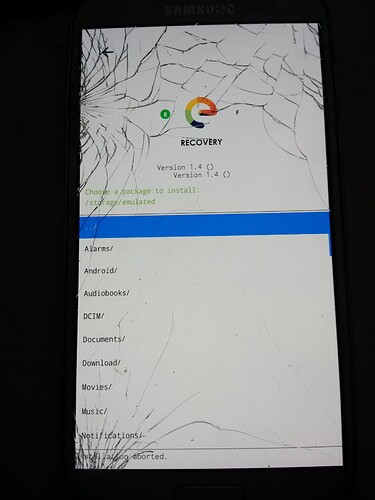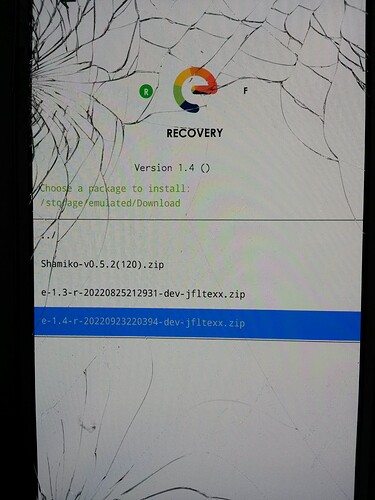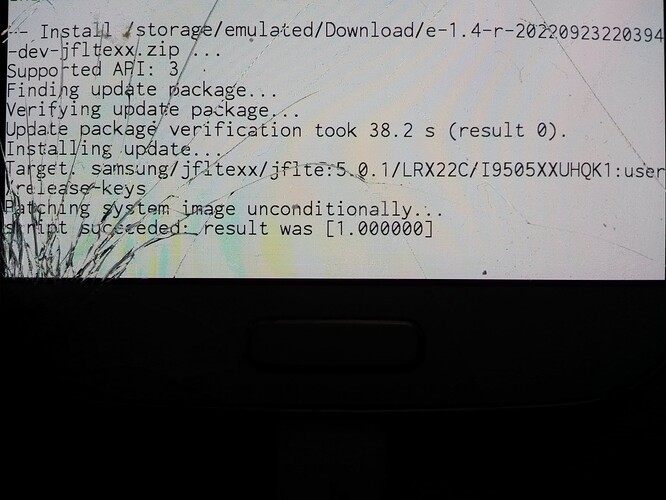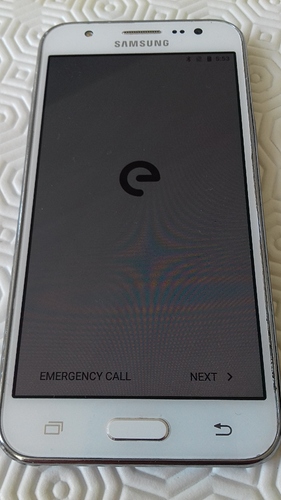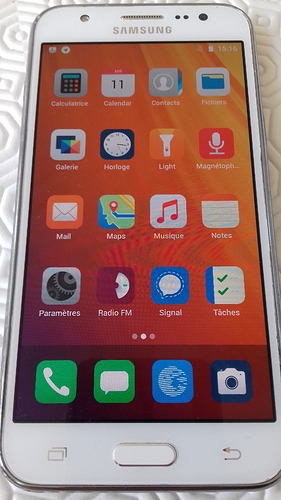this post is editable as a Wiki.
(1) install the appropriate Flashing Tools
(2) allow “Non Vendor OS” to be installed on the device
(2) Check the communication between the PC and your smartphone
(5) Download a custom recovery manager
(4) Download an /e/OS build
(6) Unlock the Bootloader
(7) Flash a custom recovery manager on your device
(8) install /e/ from your computer, using the “adb sideload” method
or
(9) Install /e/ without computer using the “Device-Storage” method
(10) post installation settings - root -
une version en français est disponible
an Unified Install Guide Project
is collaborative and open, you can help !
should work for Official supported devices (by the /e/team) and Unofficial supported devices (by the community)
if you know some"device specific"details or additionals steps like in the documentation suggestions categorie
Please check if it is notified here, if not, feel free to add it properly, (Original Post are editable) or ask us to edit !
@piero (focused on Samsung), @aibd and more…
( : the non written under plan priorities could be : )
- presentation of the steps,
on the computer, on the device
- type exceptions
old school device, a only device, a/b devices
- brand exceptions instructions
- common instructions
- device specific steps
- platform specific instructions
.
- Please allways refer to your device specific official install documentation in parallelle,
- and compare it with the various detailed illustrations of this guide into the installation process for :
a “Custom android OS”, on any supported device !
.
Mission :
Install /e/OS into the ROM of your compatible device
.
- from a Terminal on the Computer, using the adb sideload recommended method
or - from the Recovery-manager on the Device, using the SDcard or internal storage preferred method
.
Prerequisites:
- an Android device,
- compatible to become a smart /e/ phone or an /e/ Tab, with more than 50% of battery charge.
-
- upgraded to latest relative to /e/ based version of the stock vendor firmware or the latest Stock Vendor Firmware available if not officially maintained anymore.
But /e/'s related “Android Security Patch Level” must be newer than the one currently installed on the device.
- upgraded to latest relative to /e/ based version of the stock vendor firmware or the latest Stock Vendor Firmware available if not officially maintained anymore.
-
- or already running a Custom android OS ( or simply a custom recovery )
- With complete backup of important data on a PC or an external drive or source.
- Without PIN code, or password, or gesture, or connected to a gogol account or SIM locked from a carrier
-
a Personal Computer
running Windows, or MacOS, or Linux,
a connection to the internet ( could be on the phone itself ),
and a data functional USB cable. ( USB.3 port is not recommended ) -
Patience to follow the steps …
unlock the boot-loader,
flash a custom recovery manager,
and finally the user / privacy friendly /e/OS
into the ROM of your android device
For some devices, you also may want to try the /e/asy-installer (If you are using Linux, and snap is not installed on your computer, you can build the easy-installer yourself),
it (easy-installer) does the same as we explain here :
.
Presentation
.
clic here to see details
if your device already run another custom OS, you may have TWRP ( or another custom recovery ) already installed, so go to step .7). or .8)
if your device already run /e/ and you want to update or upgrade without data loss, see this howto
if your device run an Official-Android Stock-Vendor Firmware version, ( realized by your Carrier / Vendor / Gogol )
so, this step by step guide is for you.
most devices comes with three booting modes
- boot to system mode.
- boot to recovery mode.
- boot to boot-loader mode = download mode = fastboot mode
.
Useful key combinations to load alternative boot mode
.
Usefull key combinations for Samsung devices
Useful key combinations for Samsung devices
Download Mode : volume down + home/bixby + power
Exit Download Mode (reboot) : volume down + power
Recovery Mode : volume up + home/bixby + power
.
Useful key combinations for Sony devices
Useful key combinations for Sony devices
This page on the the Sony Developer website lists some useful key combinations
- Fastboot mode: (for flashing recovery, or using other fastboot commands): Make sure your phone is turned off. Insert the USB cable into yor PC. Press and hold
Volume downkey, then insert the USB cable. The LED will light blue to show you are in fastboot mode - Flash mode: (for when using FlashTool) Make sure your phone is turned off. Insert the USB cable into your PC. Press and hold
Volume downkey, then insert the USB cable. The LED will light green to show you are in flash mode - Recovery mode: Make sure your phone is turned off and unplug your device from the PC. Press
Volume downandPowerkeys together. The phone should vibrate once, then boot into recovery
In addition, the following can be useful, if you need to reboot or power off your phone, but it is not responding to screen or key presses:
- Hard reboot: Press and hold
Volume(in the middle, not up or down) andPowerkeys - after a few seconds the device will vibrate. Release the keys and the device will attempt to reboot - Hard power off: Press and hold
VolumeandPowerkeys as for Hard reboot. Continue holding the keys after the first vibration until the device vibrates three times in quick succession. Release the keys and the device will be powered off
.
you are decided to try /e/ on your device,
so, you need to replace the existing system by /e/OS.
- To modify or change the /system partition of your device, you need to boot a custom recovery software that allow you to do that. ( e-recovery, based on AOSP-recovery or the best featured TWRP, from the Team Win Recovery Project ).
- To modify or change the /recovery partition of your device, you need to unlock the boot-loader and flash the custom recovery image to the ROM with the appropriate tools ( Fastboot or Heimdall or Odin )
- To manage the device, you need to communicate with it. ( USB adb, the Android Debugging Bridge )
there are many /partitions on the phone ( ~30, depending of the device model ), but the install process will only modify /boot, /recovery, /system, and /data ( plus /cache and /dalvik-cache ).
NOT ALL THE DEVICE CONTENT ( hardware related )
.
official documentation https://doc.e.foundation
.
you should read Getting started on /e/ by @Manoj
.
don’t miss know your hardware Samsung ? by @aibd
.
.
you may want to flash first an appropriate Stock Vendor Firmware to your device
.
click here to see details
please report or edit Brand exceptions and Device specific steps
.
Asus
Asus
.
BQ
BQ
.
Essential
Essential
.
installation of the stock firmware FairPhone
FairPhone4 https://support.fairphone.com/hc/en-us/articles/4405858261777
.
Gigaset
Gigaset
.
installation of the stock firmware Google
Instructions and Downloads :
.
HTC
HTC
.
Huawei
Huawei
.
LeEco
LeEco
.
Lenovo
Lenovo
.
LG
LG
.
Motorola
Motorola
.
Nextbit
Nextbit
.
Nubia
Nubia
.
installation of the Stock Firmware OnePlus
switch back to an “official” OS
- download the ROM, found for oneplus on https://service.oneplus.com/us/search/search-detail?id=2096229
- follow /e/OS to Stock ROM on your smartphone using GNU/Linux - OnePlus Edition
.
OPPO
OPPO
.
Razer
Razer
.
Realme
Realme
.
installation of the Stock Firmware Samsung
downloads :
For high speed download complete latest firmware, factory tagged “bin” ( 4 files, download filename ends by _FAC ) and update ( without wiping /data, 1file ), use sfirmware
For all archives high speed download update ( 4 files or 1 file ) latest firmware, use samfw
Also provide interesting COMBINATION FIRMWARE
For all archive firmware, low speed download and sometimes download error, use samfrew
For all archives, paid high speed download use sammobile
install the latest Stock Firmware with Brand specific Flashing Tools :
Using Samsung Flashing-Tools for Windows
https://doc.e.foundation/pages/revert_samsung_to_stock_on_windows
install with Odin3
[TUTO] installation / mise à niveau Android Samsung Stock Firmware avec Odin/ Windows
Using Samsung Flashing-tools for MacOS
https://bitbucket.org/benjamin_dobell/heimdall/downloads/Heimdall-1.4.1-Unofficial-Signed.dmg
How I managed to install /e/ on a Samsung A310F with MacOs 10.13.6
Using Samsung Flashing-Tools for Linux
download latest Samsung firmware with the Linux command line tool samloader-CLI
install in command line withheimdall-flash
or using the graphical interface heimdall-frontend
or with the java software jOdin
decompress it to the directory you want, than right click on the file “JOdin3CASUAL” and open it
.
Sony
Flashing Stock Firmware on Sony Devices
If you are using a Windows PC, and you have not unlocked the boot-loader on your device, you can use Sony’s flash tool EMMA to flash the latest stock firmware on your device. Full documentation and download are available on the Sony Developer World website.
https://developer.sony.com/develop/open-devices/get-started/flash-tool
If you are using a MacOS or Linux PC, or if you have already unlocked the boot-loader, then you will need to use Flashtool
- Downloads for Windows, Linux and MacOS available at http://www.flashtool.net/downloads.php
- Good instructions for use on xperiafirmware.com
Finding the stock firmware
Before you can flash it, you need to find the correct firmware to flash. The EMMA tool - if it works for you - will find and download the latest official Sony firmware for your device automatically.
Otherwise, if you are using a Windows or Linux PC, you can use the XperiFirm ~ Xperia Firmware Downloader to find and download the latest official Sony firmware for your device. (The program is written in .NET and ships as a Windows .exe file, so Linux users will need to install Mono).
If you need access to an older version of the firmware, if you are running a MacOS PC, or if Xperifirm does not find the firmware for your device, then you will need to find the firmware elsewhere on the internet. Places to look include
- xperiafirmware.com has firmware for many devices, including the following devices with official or unofficial /e/OS builds
- Z3 (z3)
- Z3 Compact (z3c
- [Xperia XZ1 Compact (lilac)][https://xperiafirmware.com/sony-xperia-xz1-compact/]
- https://xperiastockrom.com has the above, plus
- Xperia Z5 Compact(suzuran) - make sure you choose the correct version for your specific model number
- XDA Forums - find the forums for your device and then the relevant sub-forums
- AndroidFileHost - search for your specific model number e.g. https://androidfilehost.com/?w=search&s=D6603
.
Teracube
Teracube
.
Wileyfox
Wileyfox
.
Wingtech
Wingtech
.
Yandex
Yandex
.
YU
YU
.
ZTE
ZTE
.
ZUK
ZUK
.
.
